Home>Articles>How To Convert A Gas Fireplace To Wood Burning
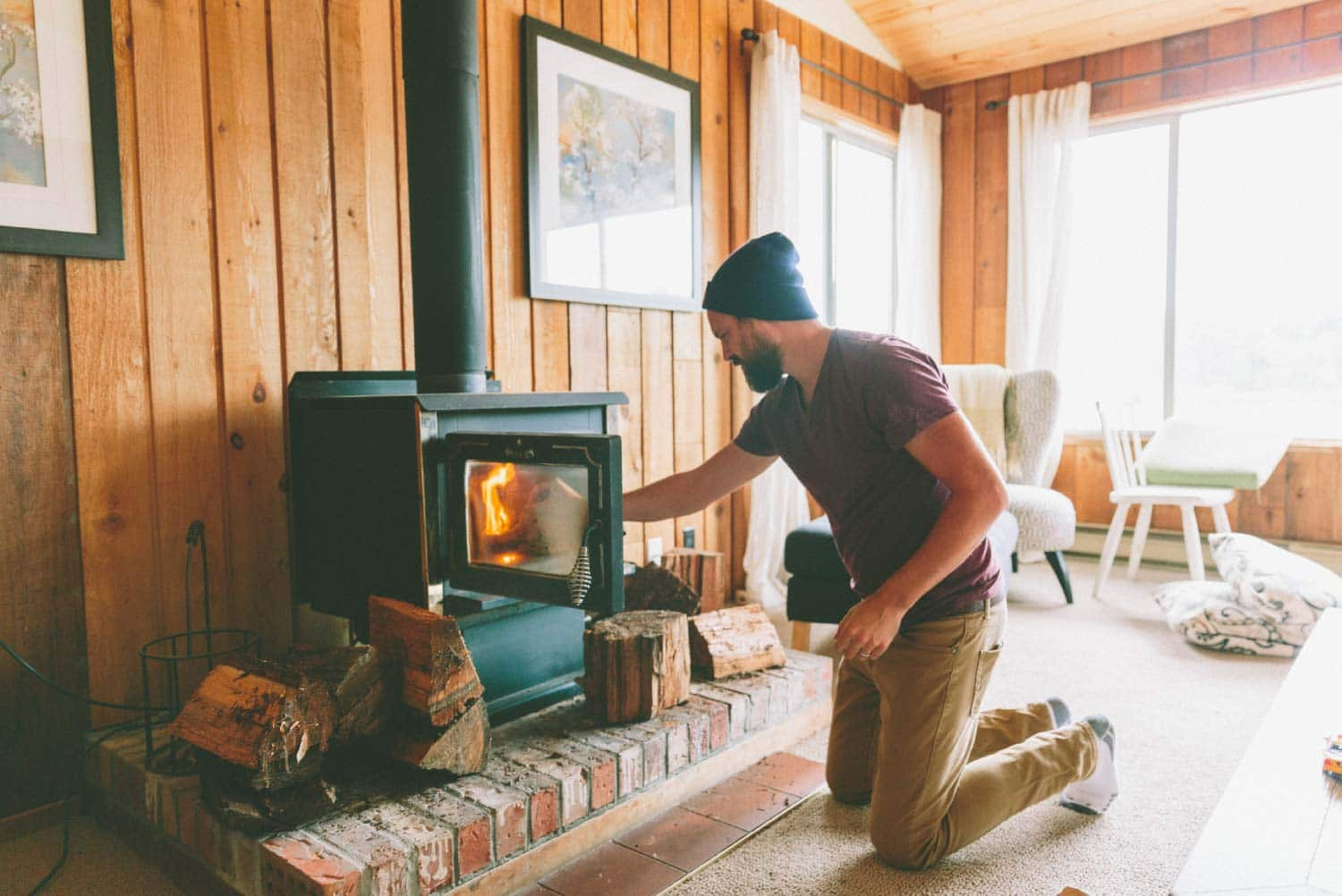

Articles
How To Convert A Gas Fireplace To Wood Burning
Modified: October 20, 2024
Looking to convert your gas fireplace to a wood-burning one? Check out our informative articles for step-by-step guides and expert tips to help you make the transition smoothly.
(Many of the links in this article redirect to a specific reviewed product. Your purchase of these products through affiliate links helps to generate commission for Storables.com, at no extra cost. Learn more)
Introduction
Converting a gas fireplace to a wood-burning one can bring a timeless charm and cozy ambiance to your home. Whether you’re looking to add a rustic touch or simply prefer the authenticity of a crackling wood fire, the process of conversion can be a rewarding and satisfying project.
However, before embarking on this undertaking, it is essential to consider several factors to ensure a successful and safe conversion. From assessing the existing gas fireplace to understanding the necessary safety precautions, it is crucial to be well-informed throughout the process.
In this comprehensive guide, we will walk you through the key considerations and steps involved in converting a gas fireplace to wood-burning. By following these guidelines and taking necessary precautions, you can enjoy the warmth and charm of a wood-burning fire while adding value and character to your home.
Key Takeaways:
- Converting a gas fireplace to wood-burning requires careful consideration of local building codes, structural integrity, wood availability, and maintenance. Professional assessment and adherence to safety precautions are crucial for a successful and safe conversion.
- The conversion process involves assessing the existing gas fireplace, removing gas components, installing wood-burning elements, and ensuring proper chimney and venting requirements. Following safety guidelines, proper firebox preparation, and regular maintenance are essential for a delightful wood-burning experience.
Considerations before Converting
Before diving into the conversion process, it is crucial to take a few considerations into account. These factors will help ensure that converting your gas fireplace to a wood-burning one is the right choice for your home. Here are some essential points to consider:
- Local Building Codes: Familiarize yourself with the building codes and regulations in your area regarding the conversion of a gas fireplace to wood-burning. There may be specific requirements governing venting, chimney height, and firebox construction that must be adhered to for safety and compliance.
- Structural Ability: Assess the structural integrity of your existing fireplace and chimney. It is essential to ensure that they can handle the weight and heat generated by a wood-burning fire. An inspection by a professional can help determine if any modifications or reinforcements are necessary.
- Availability of Wood: Consider the availability and cost of firewood in your area. Wood-burning fires require a steady supply of dry, seasoned wood. Make sure you have a reliable source of firewood to sustain your wood-burning fireplace.
- Maintenance and Cleaning: Wood-burning fireplaces require regular cleaning and maintenance to remove ashes, soot, and creosote buildup. Be prepared to invest time and effort into keeping your fireplace in good working condition.
By considering these factors, you can assess whether converting your gas fireplace to wood-burning is a practical and viable option for your home. It is always recommended to consult with professionals and seek expert advice to ensure a safe and successful conversion.
Assessing the Existing Gas Fireplace
Before proceeding with the conversion process, it is essential to assess the condition of your existing gas fireplace. This step will help you determine if it is suitable for conversion and identify any potential challenges or modifications that may be required. Here’s what you need to consider when assessing your gas fireplace:
- Gas Piping and Connections: Inspect the gas piping and connections to ensure they are in good condition. Any leaks or damage should be repaired by a certified professional before proceeding with the conversion. It is crucial to follow proper safety protocols when working with gas lines.
- Fireplace Structure: Examine the structure of the fireplace to ensure it is sturdy and able to support a wood-burning fire. Pay attention to the firebox, hearth, and surrounding materials. If there are any signs of damage or weakness, consult with a professional to determine the necessary repairs or modifications.
- Ventilation and Airflow: Evaluate the ventilation system of your gas fireplace. Wood-burning fires require proper airflow to ensure efficient combustion and safe operation. The ventilation system may need to be modified to accommodate the specific requirements of a wood-burning fireplace.
- Gas Components: Take note of the specific gas components in your fireplace, including the burner, logs, and control valves. These components will need to be carefully removed during the conversion process, and preserved if you plan on keeping them for future use.
It is recommended to enlist the help of a professional technician or fireplace expert to assess your existing gas fireplace thoroughly. They can provide valuable insights and guidance based on their expertise, ensuring that your conversion project starts off on the right foot.
Safety Precautions
Converting a gas fireplace to a wood-burning one requires careful attention to safety precautions. Fire safety is of utmost importance when working with fireplaces, and taking the necessary steps to ensure the safety of your home and loved ones is essential. Here are some important safety precautions to keep in mind during the conversion process:
- Consult a Professional: It is highly recommended to consult with a professional fireplace technician or contractor who specializes in fireplace conversions. They can provide expert guidance and ensure that all safety measures are followed throughout the project.
- Observe Local Building Codes: Familiarize yourself with the local building codes and regulations regarding fireplace conversions. Ensure that you comply with all the requirements for venting systems, chimneys, and firebox construction to guarantee safe operation.
- Carbon Monoxide Detection: Install carbon monoxide detectors near your wood-burning fireplace to alert you of any potentially dangerous levels of carbon monoxide. Regularly test and maintain these detectors to ensure they are in proper working condition.
- Fireplace Screens and Grates: Use a sturdy fireplace screen or glass door to prevent sparks or embers from escaping and causing a fire hazard. Additionally, make use of a fireplace grate to keep the wood elevated and promote proper airflow.
- Proper Ventilation: Ensure that your wood-burning fireplace is properly vented to carry smoke and combustion byproducts outside. Follow the guidelines provided by the manufacturer or consult with a professional to determine the appropriate ventilation system for your specific fireplace.
- Keep Flammable Materials Clear: Maintain a safe distance between your wood-burning fireplace and any flammable materials such as curtains, furniture, or rugs. Keep these items at least three feet away to minimize the risk of accidental fires.
- Regular Maintenance: Regularly inspect and clean your wood-burning fireplace to remove any debris, ashes, or creosote buildup. This will ensure optimal safety and performance of your fireplace.
By adhering to these safety precautions, you can enjoy your converted wood-burning fireplace with peace of mind, knowing that you have taken the necessary steps to protect your home and loved ones from potential fire hazards.
Removing Gas Components
Once you have assessed the condition of your gas fireplace and ensured that all safety precautions are in place, it is time to begin the process of removing the gas components. Carefully following these steps will allow you to safely transition from a gas fireplace to a wood-burning one:
- Shut Off the Gas Supply: Locate the gas valve that supplies fuel to your fireplace and turn it off. This is typically located near the fireplace or in the vicinity of the gas meter. It is crucial to ensure that the gas supply is completely shut off before proceeding.
- Disconnect the Gas Line: Carefully disconnect the gas line from the gas valve that connects to your fireplace. Use an adjustable wrench to loosen the fittings and separate the gas line from the valve. Be cautious and gently twist the fittings to avoid any damage.
- Remove the Gas Logs and Burner: Remove the gas logs and burner assembly from the firebox. Depending on your specific fireplace, you may need to unscrew or lift the logs and burner to release them from their attachments. Keep these components in a safe location if you plan on preserving them for future use.
- Cap or Seal the Gas Line: Once the gas components have been removed, cap or seal the exposed gas line to prevent any gas leaks. This can be done using a specialized cap or a plug specifically designed for gas lines. Consult with a professional if you are unsure about this step.
- Inspect for Leaks: After disconnecting the gas components, it is crucial to check for any gas leaks. Apply a solution of soapy water to the gas connections and watch for any bubbles forming. If you observe bubbles, this indicates a gas leak, and you should tighten the fittings or consult a professional to address the issue.
It is important to exercise caution and ensure that you are comfortable with these steps before proceeding. If at any point you feel uncertain or require assistance, it is advisable to consult a professional to safely remove the gas components and prepare your fireplace for the wood-burning conversion.
Installation of Wood-Burning Components
After successfully removing the gas components from your fireplace, it’s time to proceed with the installation of the wood-burning components. This stage is crucial in ensuring the proper functioning and safety of your converted fireplace. Here’s a step-by-step guide to help you through the installation process:
- Firebox Preparation: Inspect the firebox and clean out any debris, ashes, or residue left from the gas components. Ensure that the firebox is in good condition and free from any cracks or damage. Repair or replace any damaged parts as necessary.
- Fireplace Damper: Check the functionality of the fireplace damper. The damper should open and close smoothly to control the airflow in the chimney. Clean and lubricate the damper if needed to ensure it is working properly.
- Fireplace Grate: Install a sturdy fireplace grate inside the firebox. The grate will elevate the wood off the floor and allow for better airflow and combustion. Choose a grate that fits securely and provides enough space for the wood to burn comfortably.
- Fireplace Backdrop: Consider installing a backdrop made of fireproof material, such as brick or fire-resistant panels, at the back of the firebox. This can help reflect heat and improve the overall efficiency of the fireplace.
- Fireplace Doors or Screen: Install a high-quality fireplace door or screen to contain sparks and embers while still allowing for air circulation. Choose a design that complements your home’s aesthetics and provides easy access for adding wood or cleaning the fireplace.
- Chimney Damper: Check and adjust the functionality of the chimney damper. The damper should open fully when the fireplace is in use and close tightly when not in use to prevent drafts and heat loss.
- Spark Arrestor: Consider installing a spark arrestor at the top of the chimney to prevent sparks from escaping and potentially causing a fire hazard. This is especially important if you live in an area prone to wildfires.
- Fireplace Addition: If desired, you can add decorative elements to enhance the aesthetic appeal of your wood-burning fireplace. This can include items such as a mantel, stone surround, or decorative logs.
It is important to follow the manufacturer’s instructions and guidelines for each component during the installation process. If you are unsure or uncomfortable with any step, it is advisable to consult with a professional to ensure a safe and successful installation.
Before converting a gas fireplace to wood burning, consult a professional to ensure it’s safe and up to code. You may need to install a chimney liner and have the gas line properly capped.
Chimney and Venting Requirements
Proper chimney and venting requirements are critical for the safe operation of a wood-burning fireplace. Ensuring that your chimney and venting system meet the necessary standards will help prevent the buildup of dangerous gases and maintain efficient airflow. Here are the essential considerations when it comes to chimney and venting requirements:
- Chimney Inspection: Before converting to a wood-burning fireplace, have a professional inspect your chimney to assess its condition. They will check for any cracks, blockages, or structural issues that need to be addressed.
- Chimney Height: The height of your chimney should meet the required standards for your location. This is important to ensure proper draft and the safe expulsion of smoke and gases. Consult local building codes or professionals to determine the appropriate chimney height for your area.
- Chimney Lining: A proper chimney liner is essential for wood-burning fireplaces. It protects the chimney walls from heat and corrosion while also improving the efficiency of the venting system. The liner should be made of durable materials, such as stainless steel or ceramic, and installed correctly.
- Clearances and Venting Materials: Ensure that there is adequate clearance between the chimney and any combustible materials, such as wood framing or insulation. Use appropriate venting materials, such as insulated stainless-steel chimney pipes, to maintain safe temperatures and prevent heat transfer to surrounding structures.
- Airflow and Draft: Proper airflow and draft are crucial for efficient combustion and venting of smoke. The size and design of the flue, as well as the chimney’s height and construction, should promote a strong draft and prevent downdrafts or smoke blow-back.
- Chimney Cleaning and Maintenance: Regular chimney cleaning and maintenance are essential to remove creosote buildup and prevent chimney fires. Schedule annual inspections and cleanings by a professional chimney sweep to ensure the safe operation of your wood-burning fireplace.
It’s important to consult with experts such as chimney sweeps or fireplace technicians to ensure that your chimney and venting system meet the necessary requirements. By addressing these considerations, you can enjoy optimal safety, efficiency, and performance from your wood-burning fireplace.
Building and Conditioning the Firebox
Building and conditioning the firebox is a crucial step in converting your gas fireplace to a wood-burning one. Proper construction and preparation of the firebox will ensure efficient combustion and a safe wood-burning experience. Here are the key steps to follow when building and conditioning the firebox:
- Firebox Size and Dimensions: Ensure that the size of your firebox is appropriate for the type and size of wood you plan to burn. The firebox should be large enough to accommodate the desired fire size while providing ample room for air circulation.
- Firebrick or Refractory Panels: Install firebrick or refractory panels on the walls and floor of the firebox. These materials are highly heat-resistant and help insulate the firebox, protecting it from high temperatures and extending its lifespan. Follow the manufacturer’s instructions for proper installation.
- Firebox Insulation: Insulate the firebox to improve its heat efficiency. Use insulation materials such as vermiculite or perlite, taking care to leave space for proper airflow. This insulation will help maintain high temperatures and promote complete combustion.
- Air Intake: Ensure that there is adequate air intake for combustion. This can be achieved through vents or openings in the firebox or by adjusting the damper. Proper airflow will provide the oxygen needed for the wood to burn effectively.
- Ash Dump: Consider adding an ash dump or ash pit at the bottom of the firebox. This allows for easy removal of ashes without disturbing the burning fire. Ensure that the ash dump has a tight seal to prevent air leakage and maintain proper airflow.
- Firebox Hearth: Install a non-combustible hearth surface in front of the firebox. This will protect the area from sparks and flying embers. The hearth should extend a sufficient distance in front of the firebox and comply with local building codes.
- Fireplace Tools and Accessories: Have the necessary fireplace tools and accessories readily available. This includes a poker, tongs, and a shovel to handle the wood, as well as a sturdy metal screen or glass door to contain the fire.
It’s important to carefully follow the manufacturer’s instructions and local building codes when building and conditioning the firebox. By properly constructing and preparing the firebox, you will ensure safe and efficient wood-burning in your converted fireplace.
Finalizing the Conversion Process
After completing the necessary steps of removing gas components, installing wood-burning components, and preparing the firebox, it’s time to finalize the conversion process. This stage involves a few important tasks to ensure the functionality and safety of your wood-burning fireplace. Here’s what you need to consider:
- Professional Inspection and Testing: Once the conversion is complete, it is recommended to have a professional technician inspect and test your wood-burning fireplace. They can verify that all components are properly installed, check for any potential issues, and ensure the fireplace is safe to use.
- Wood Selection and Storage: Choose the right type of wood for burning in your fireplace. Hardwoods such as oak, maple, or birch are preferred as they burn longer and produce less smoke. Properly store the firewood in a dry and well-ventilated area to ensure it is seasoned and ready for use.
- Fire-Building Techniques: Learn proper fire-building techniques to maximize efficiency and minimize smoke. Use the top-down or upside-down method, placing large logs at the bottom and smaller ones on top. This allows for better airflow and longer burn times.
- Operating the Wood-Burning Fireplace: Follow the recommended practices for operating your wood-burning fireplace. Use kindling and tinder to start the fire, and gradually add larger logs once the fire is established. Monitor the fire closely, adjust the airflow as needed, and practice proper fire safety precautions.
- Frequent Maintenance and Cleaning: Regularly clean your wood-burning fireplace to remove ash and soot buildup. This will prevent clogging, ensure proper airflow, and maintain the efficiency of your fireplace. Follow the recommended maintenance schedule for cleaning and inspections.
- Monitoring Carbon Monoxide Levels: Install a carbon monoxide detector near your wood-burning fireplace to monitor and alert you to any potential carbon monoxide issues. Carbon monoxide is a colorless and odorless gas that can be harmful, so it’s important to have proper detection in place.
By finalizing the conversion process with proper inspection, choosing the right wood, following Fire-building techniques, and conducting regular maintenance and monitoring, you can enjoy the warmth and comfort of your wood-burning fireplace with peace of mind.
Read more: How To Convert Gas Fireplace To Electric
Recommendations and Tips
Converting a gas fireplace to a wood-burning one is an exciting project that can bring warmth and charm to your home. To ensure a successful conversion and enhance your wood-burning experience, here are some recommendations and tips:
- Consult with Professionals: If you’re unsure about any aspect of the conversion process, it’s always best to consult with professionals who specialize in fireplace installations and conversions. They can provide expert guidance, ensure compliance with local codes, and address any safety concerns.
- Follow Safety Guidelines: Adhere to all safety precautions, including proper ventilation, chimney cleaning, and the use of carbon monoxide detectors. Fire safety should always be a top priority when using a wood-burning fireplace.
- Season Your Firewood: Properly seasoned firewood burns more efficiently, produces less smoke, and generates more heat. It’s recommended to season firewood for at least six months to a year before using it in your fireplace.
- Invest in a Quality Firewood Storage Solution: To keep your firewood dry and readily accessible, invest in a firewood storage solution such as a well-ventilated woodshed, a covered log rack, or a firewood shed. This will ensure that you always have dry and seasoned wood ready for use.
- Learn How to Build and Maintain a Fire: Take the time to learn proper fire-building techniques and fire maintenance. Understanding how to arrange the wood, control airflow, and maintain a clean fireplace will help you achieve optimal burn times and efficiency.
- Regularly Inspect and Clean Your Fireplace: Schedule regular inspections and cleanings of your wood-burning fireplace to remove any debris, ashes, or creosote buildup. This will maintain the performance and safety of your fireplace over time.
- Consider Professional Chimney Sweep Services: Engage the services of a professional chimney sweep annually or as recommended by experts. A chimney sweep will thoroughly clean your chimney, remove any blockages, and ensure the proper functioning of your fireplace and ventilation system.
Following these recommendations and tips will help you make the most of your converted wood-burning fireplace. It’s important to prioritize safety, proper maintenance, and ongoing education to ensure a pleasant and enjoyable wood-burning experience.
Conclusion
Converting a gas fireplace to a wood-burning one can transform the ambiance of your home and provide a cozy and traditional atmosphere. By following the necessary considerations, safety precautions, and installation steps outlined in this guide, you can successfully complete the conversion process and enjoy the benefits of a wood-burning fireplace.
Before diving into the conversion, it’s important to assess the condition of your existing gas fireplace and familiarize yourself with local building codes. Consulting with professionals and ensuring compliance with safety regulations will ensure a smooth and safe conversion process.
The key steps in converting include removing gas components, installing wood-burning components, and properly preparing the firebox. Taking your time to follow the necessary steps, including venting requirements, firebox insulation, and component installation, will ensure optimal performance and safety.
Once the conversion is complete, it’s crucial to operate and maintain your wood-burning fireplace responsibly. Following fire-building techniques, performing regular maintenance, and monitoring carbon monoxide levels are essential for a safe and enjoyable wood-burning experience.
By incorporating the recommendations and tips provided, such as consulting professionals, properly seasoning firewood, and investing in firewood storage solutions, you can enhance your wood-burning experience and enjoy the warmth and charm of your newly converted fireplace for years to come.
Remember, safety is paramount when working with fireplaces. Always prioritize fire safety measures, stay informed about local regulations, and consult professionals when needed. With proper planning and execution, converting your gas fireplace to a wood-burning one can bring a touch of nostalgia and create lasting memories for you and your loved ones.
Frequently Asked Questions about How To Convert A Gas Fireplace To Wood Burning
Was this page helpful?
At Storables.com, we guarantee accurate and reliable information. Our content, validated by Expert Board Contributors, is crafted following stringent Editorial Policies. We're committed to providing you with well-researched, expert-backed insights for all your informational needs.
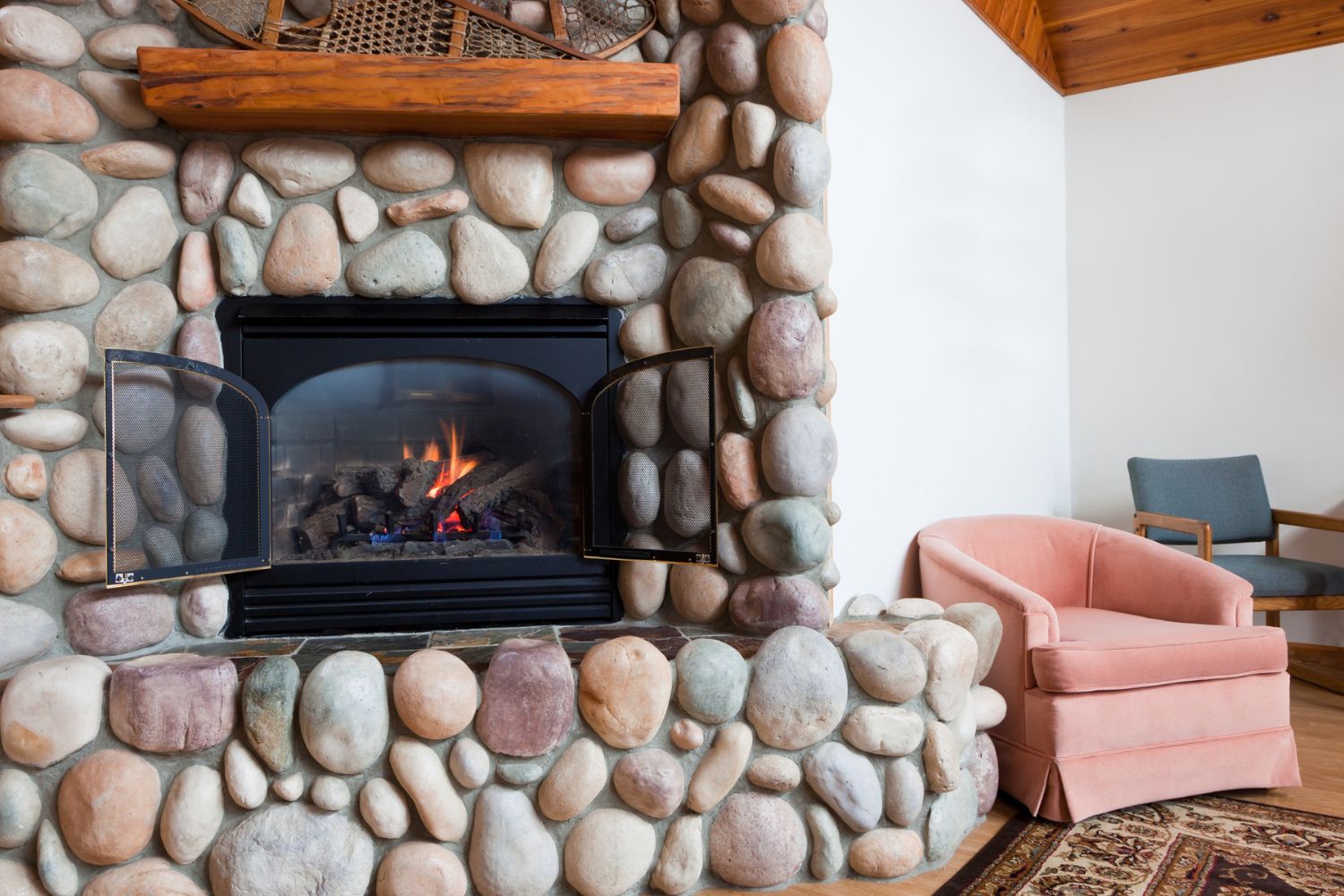
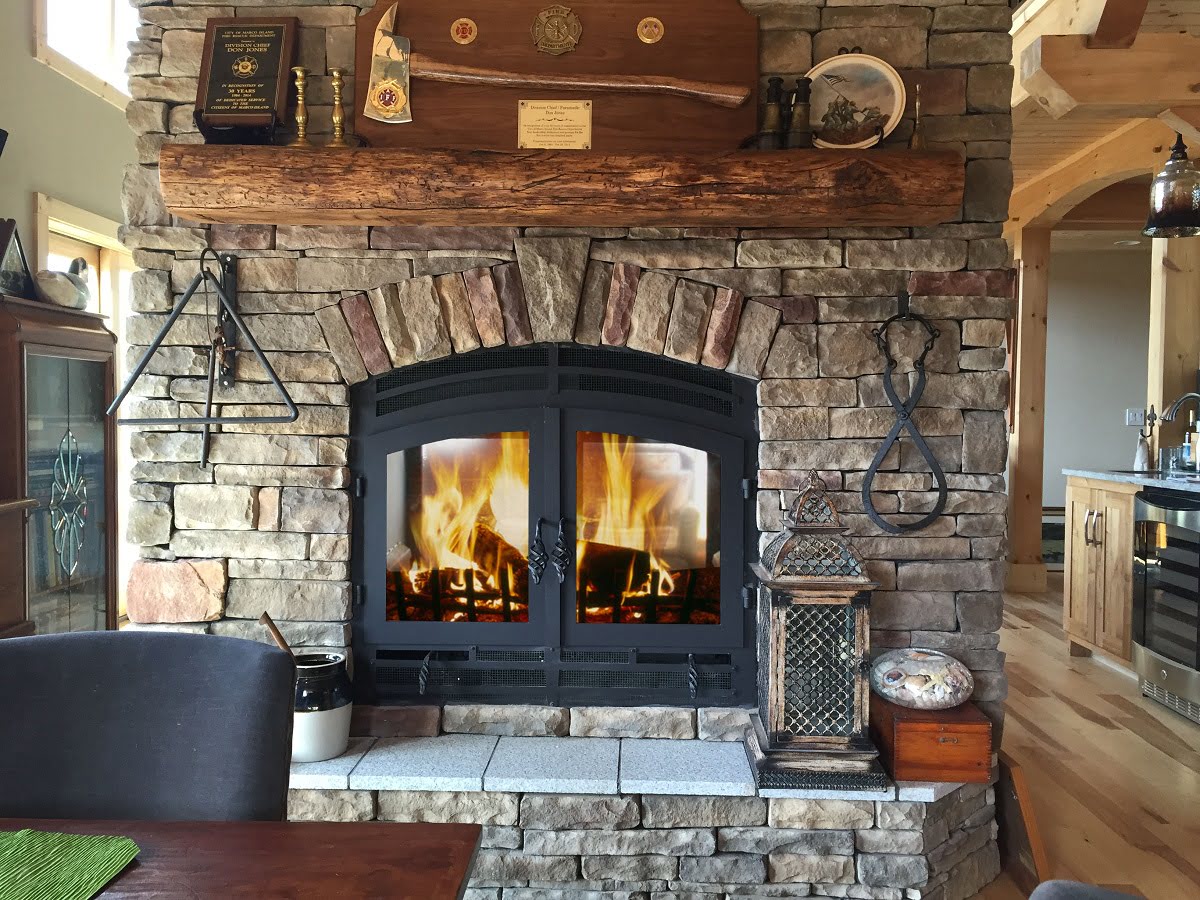
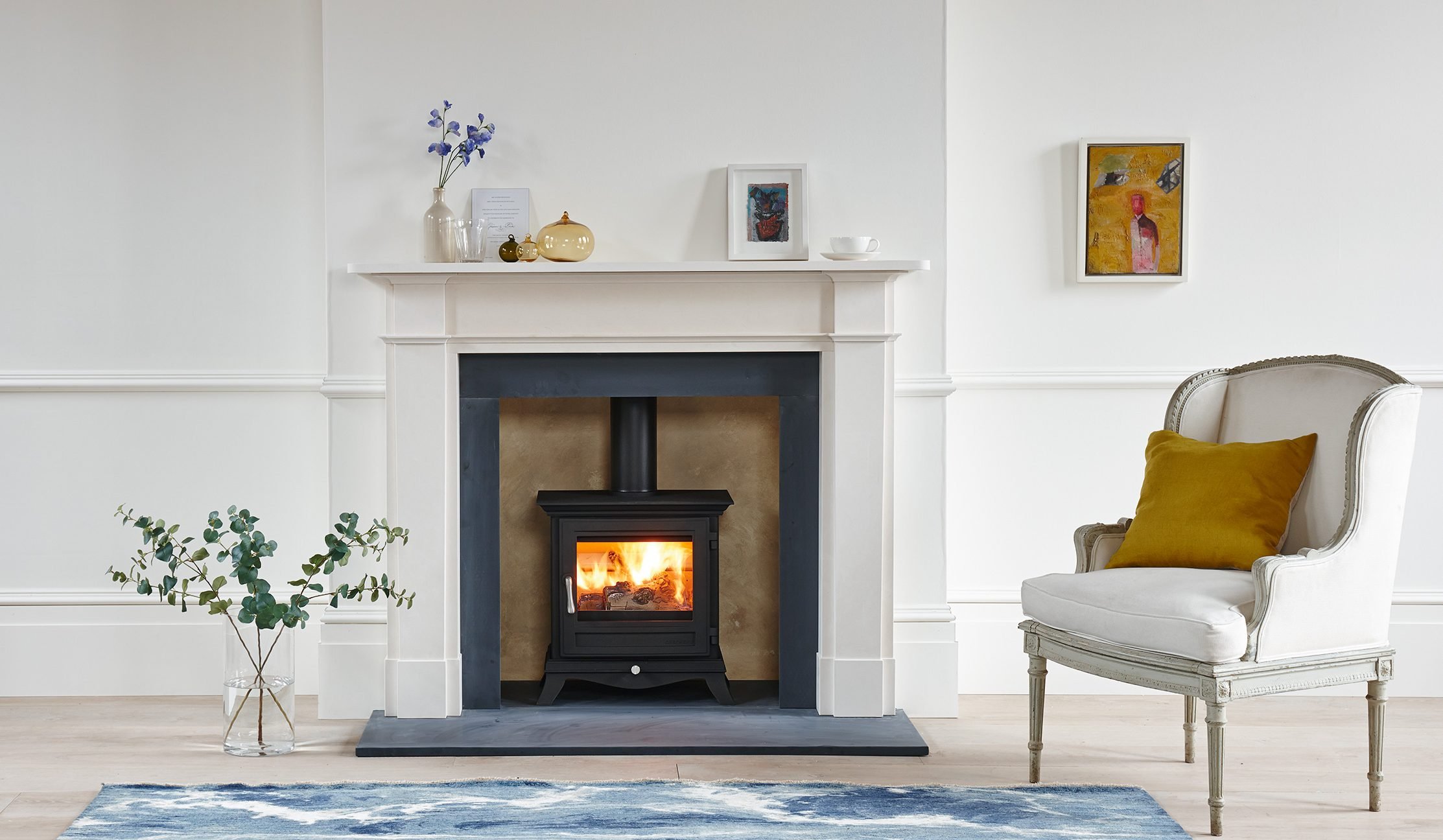
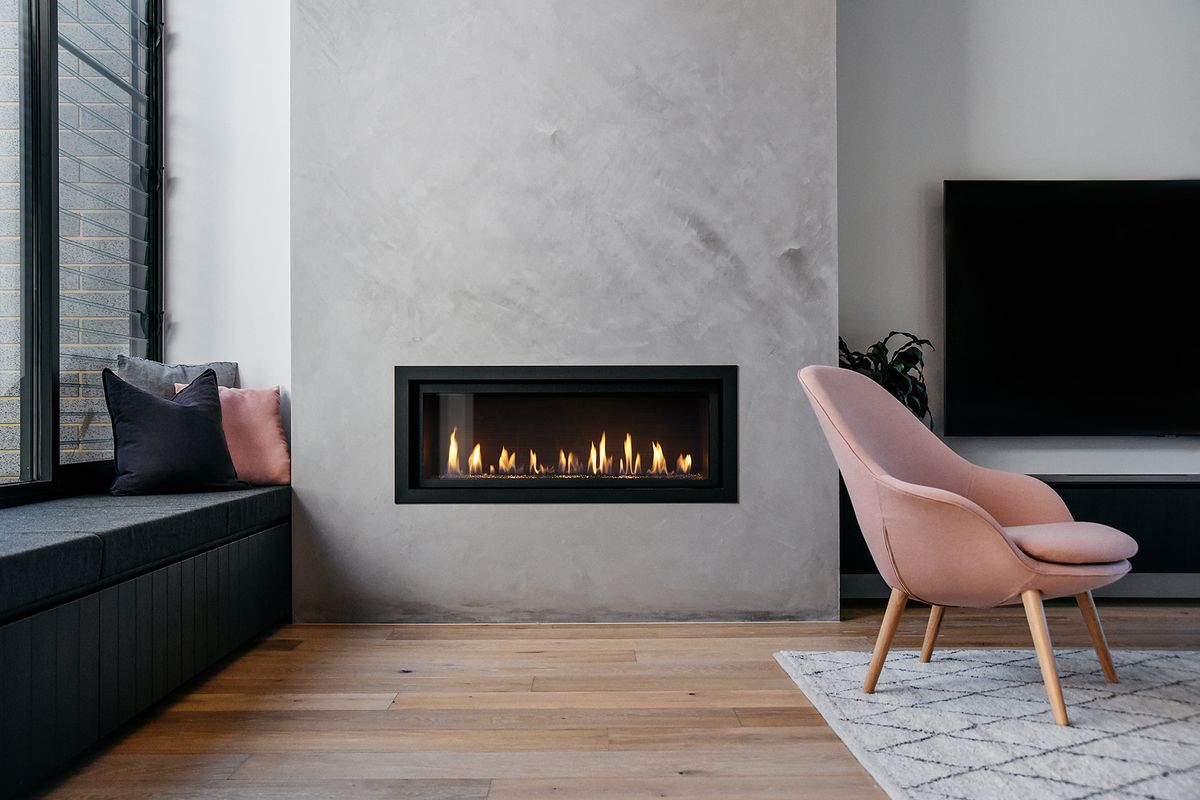
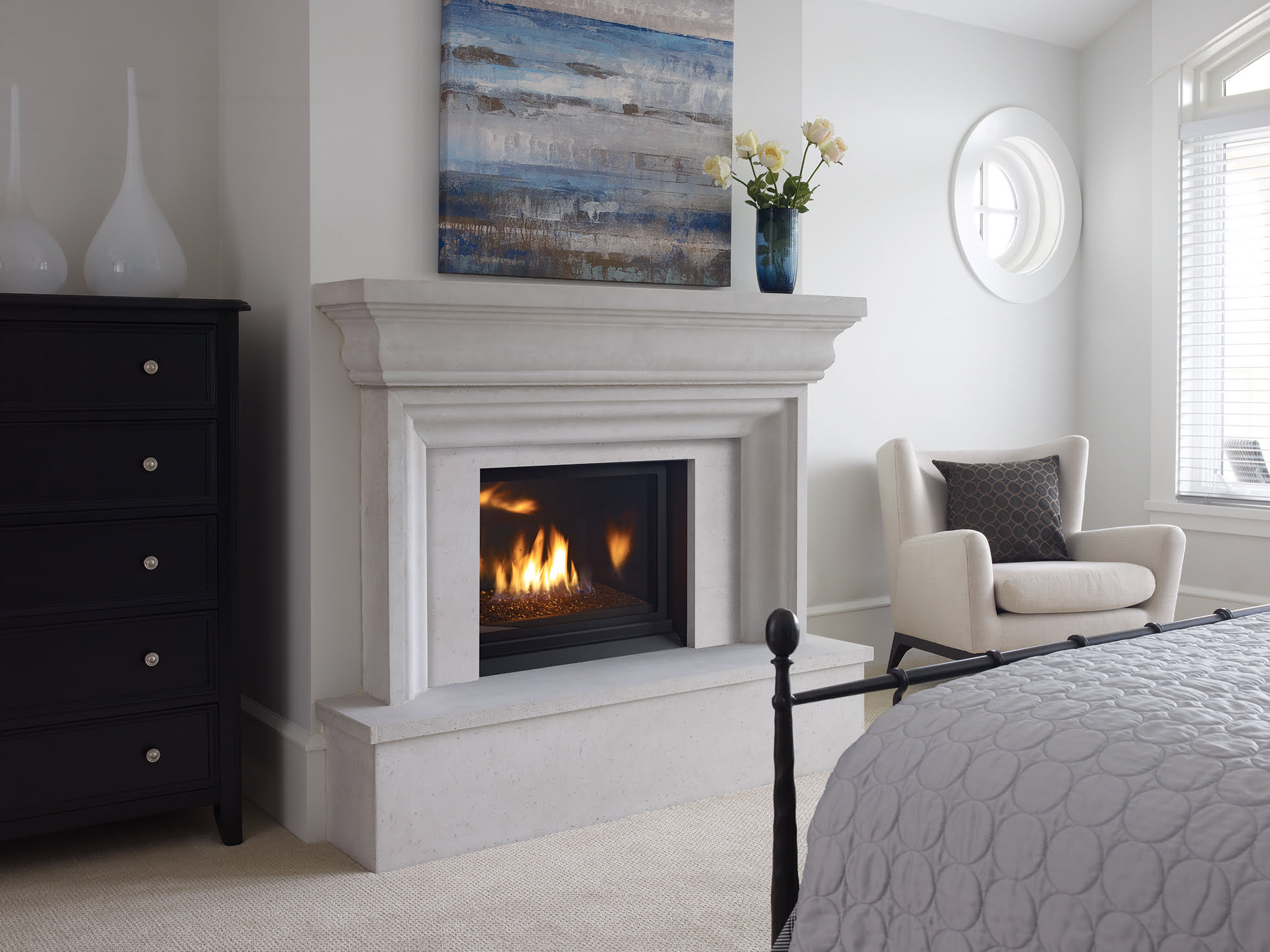
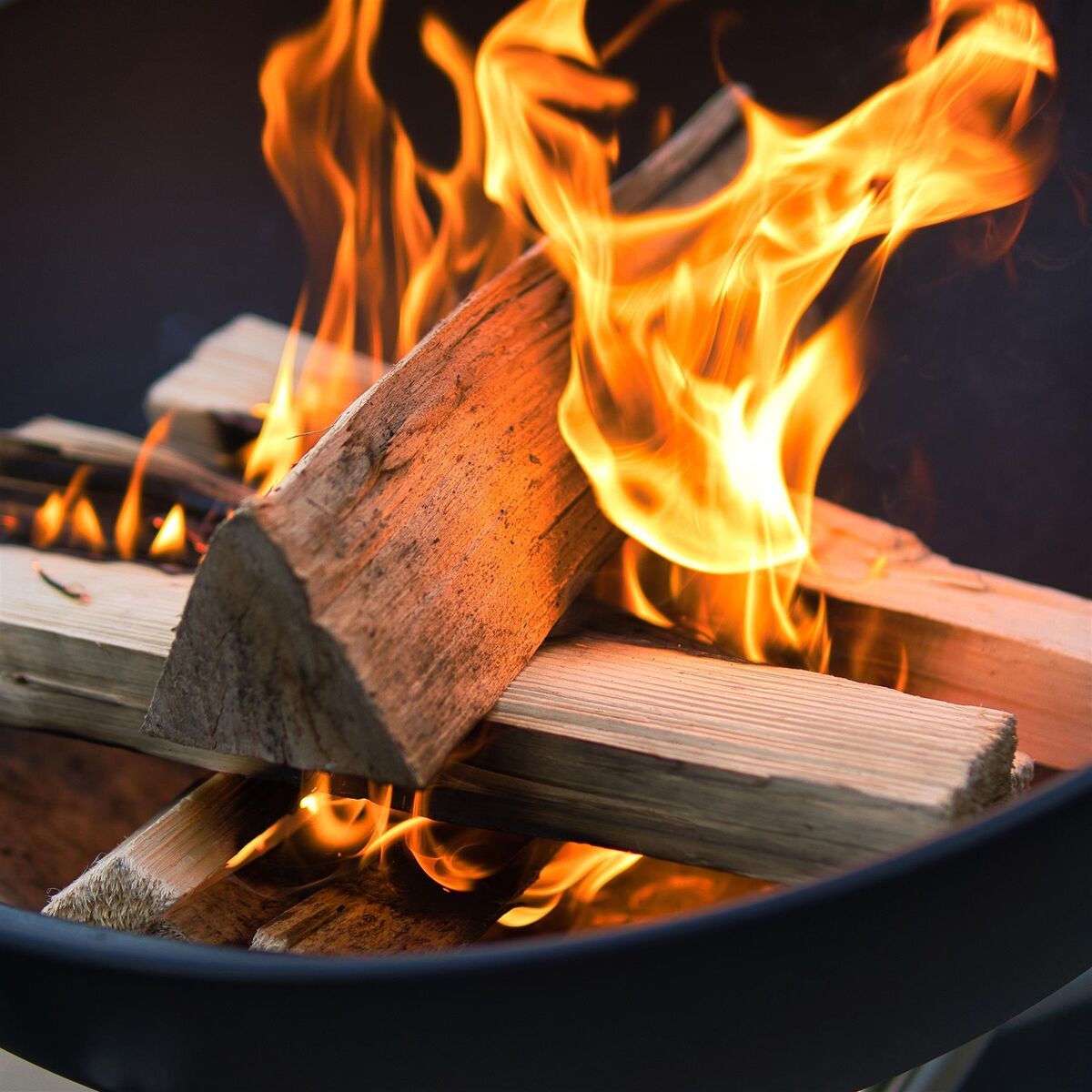
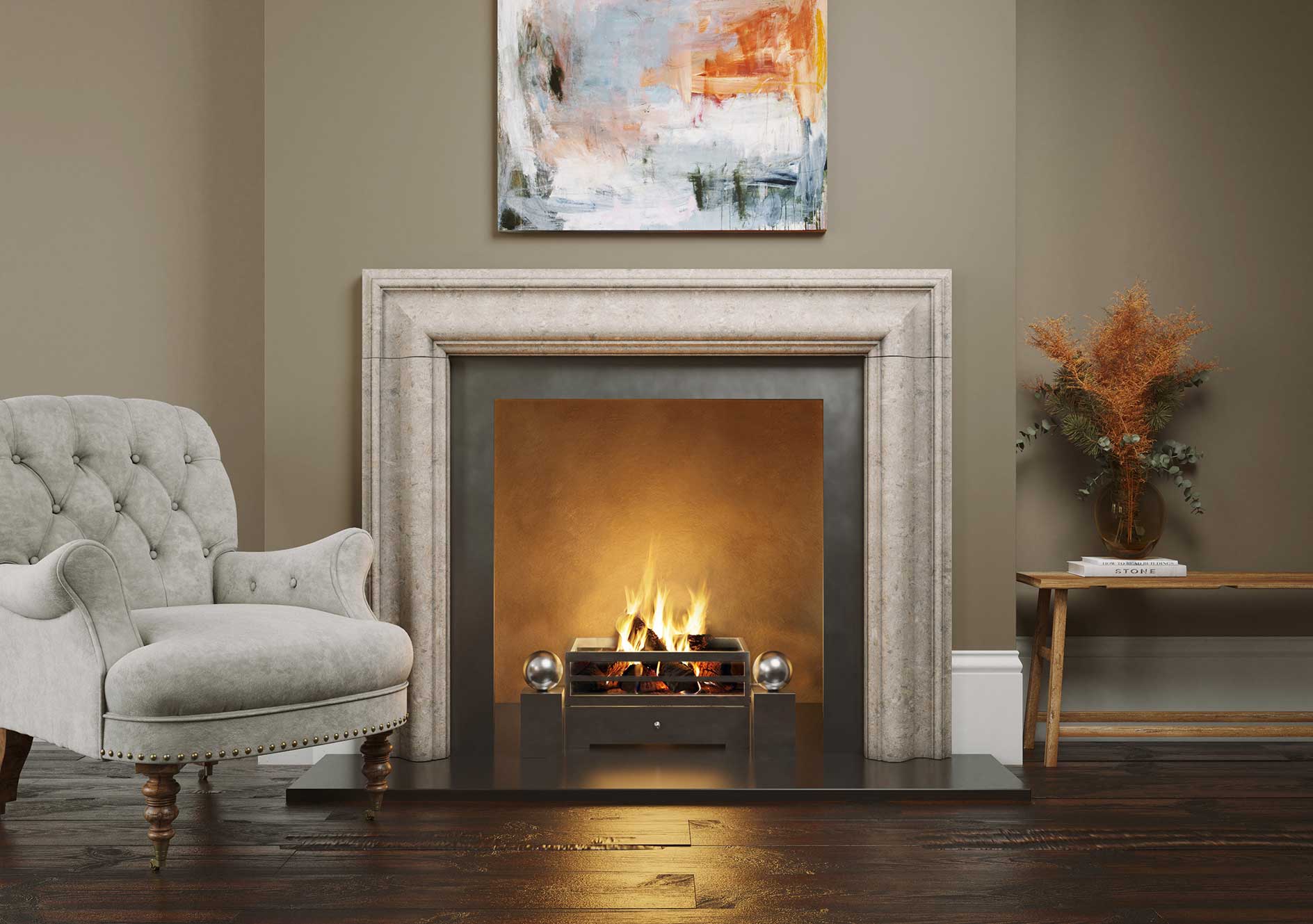
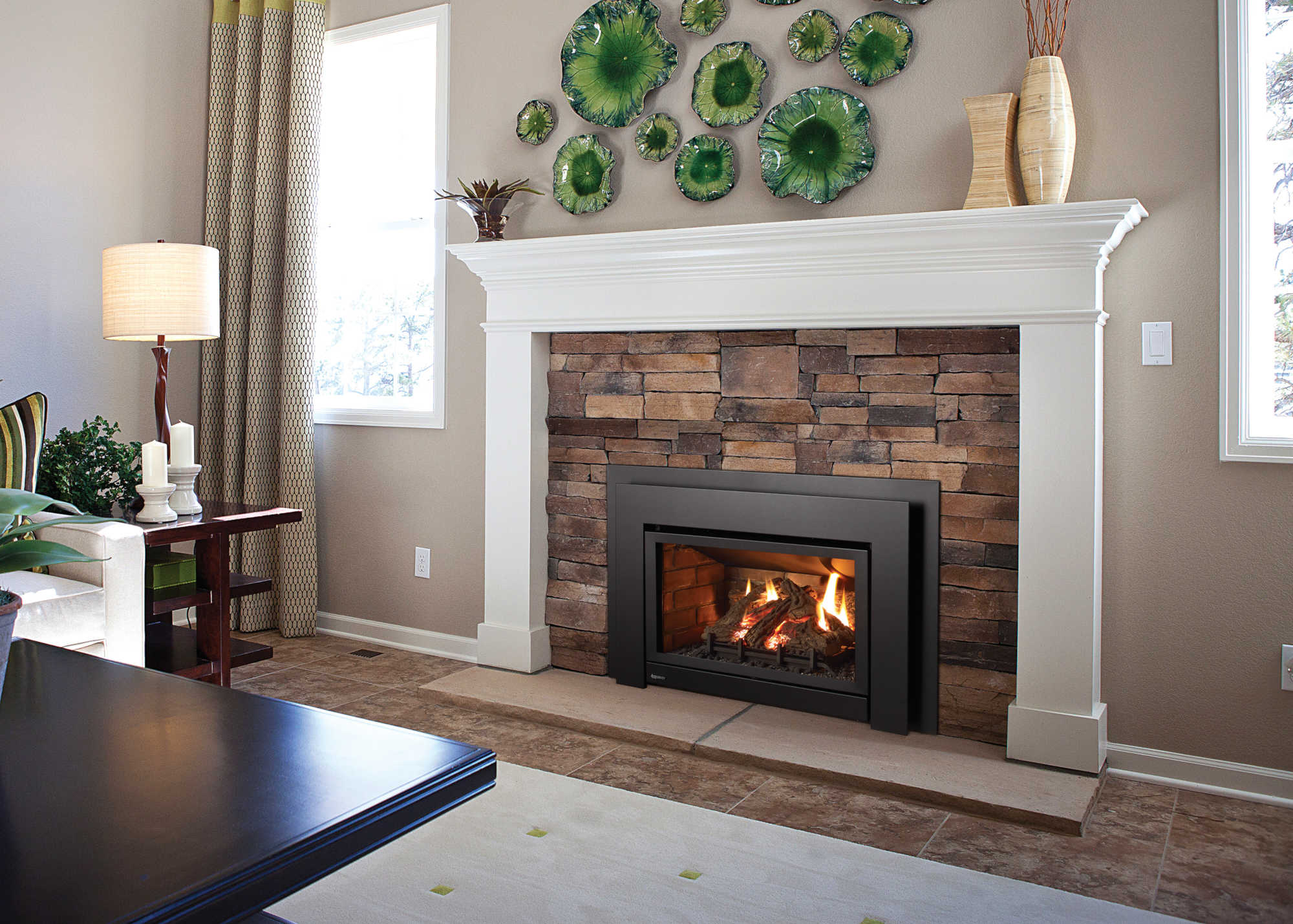

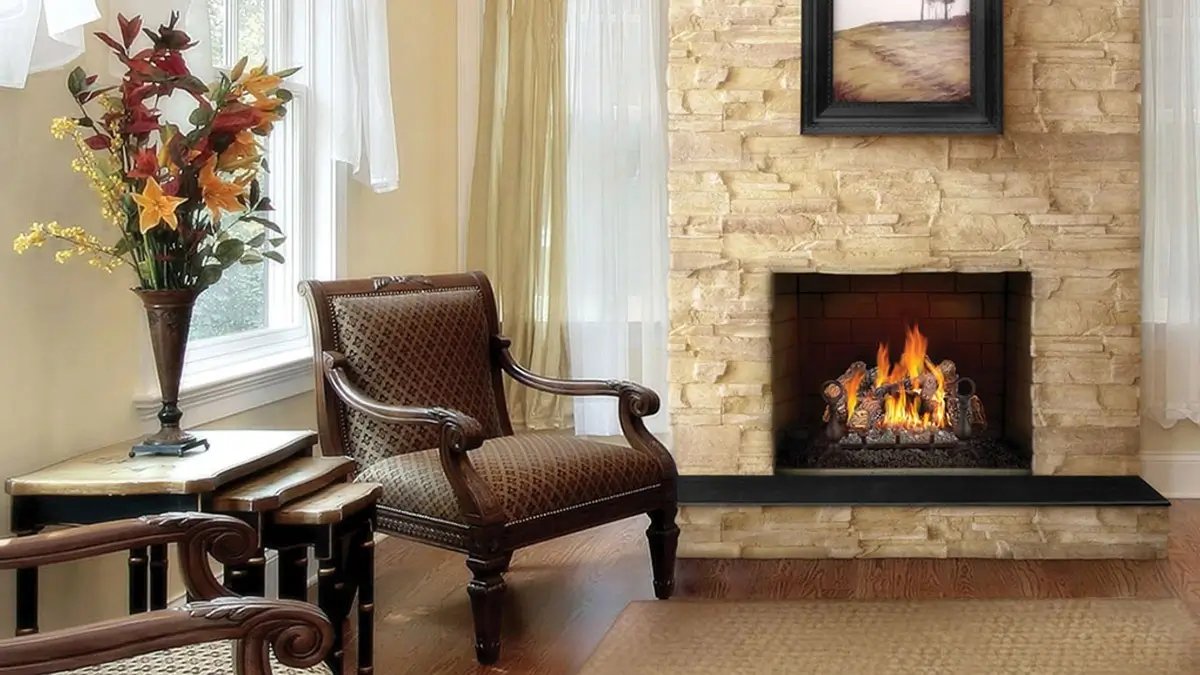
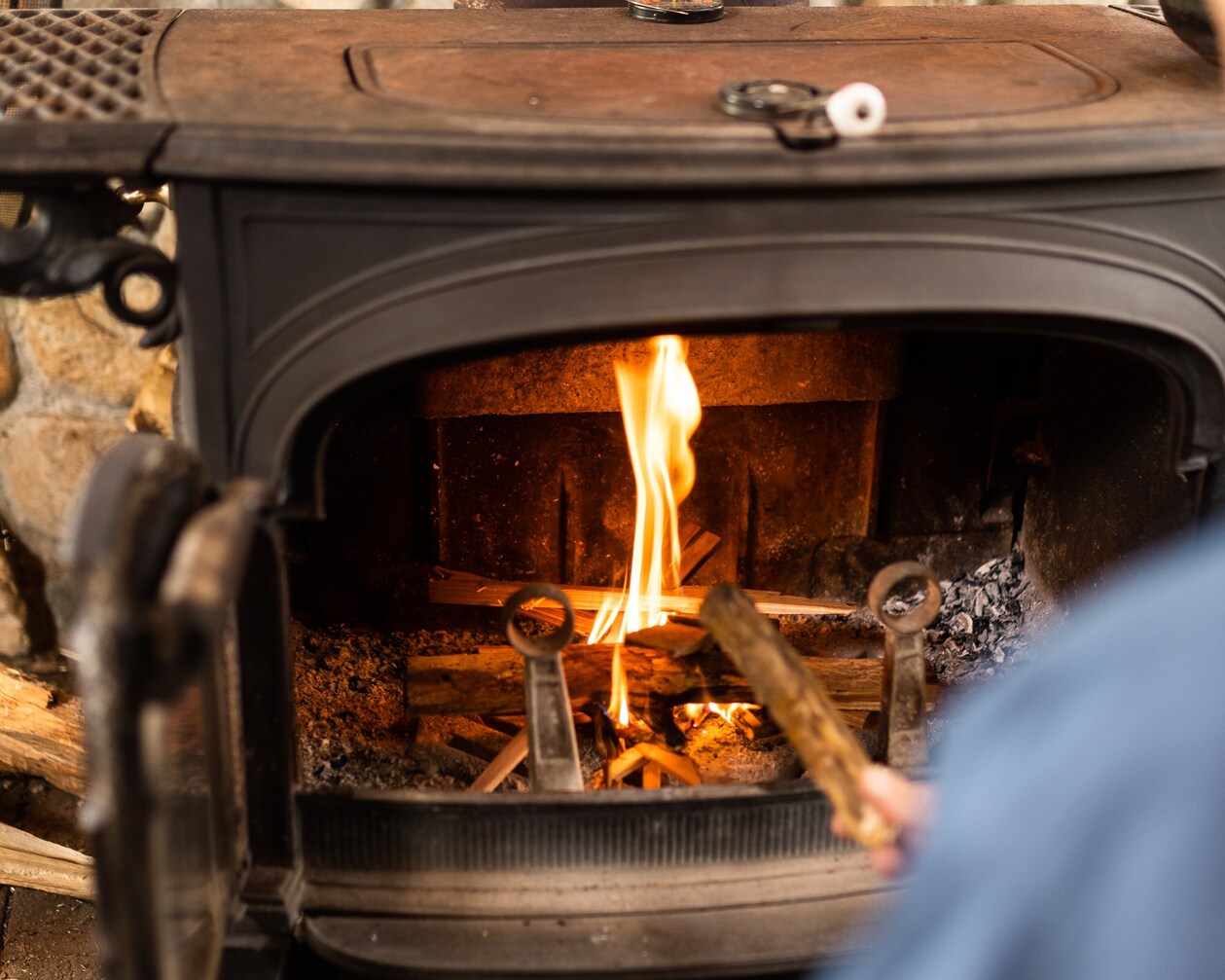
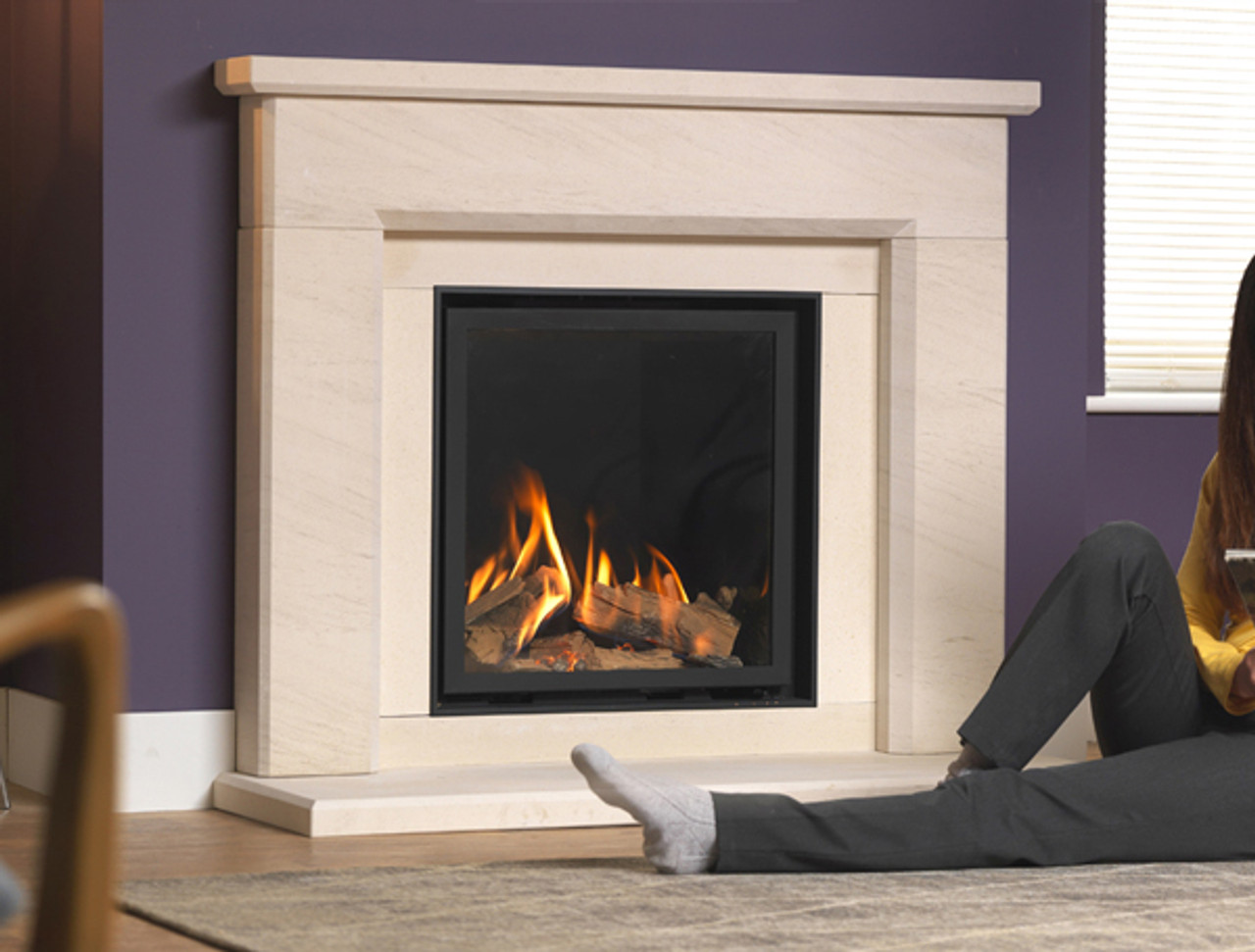
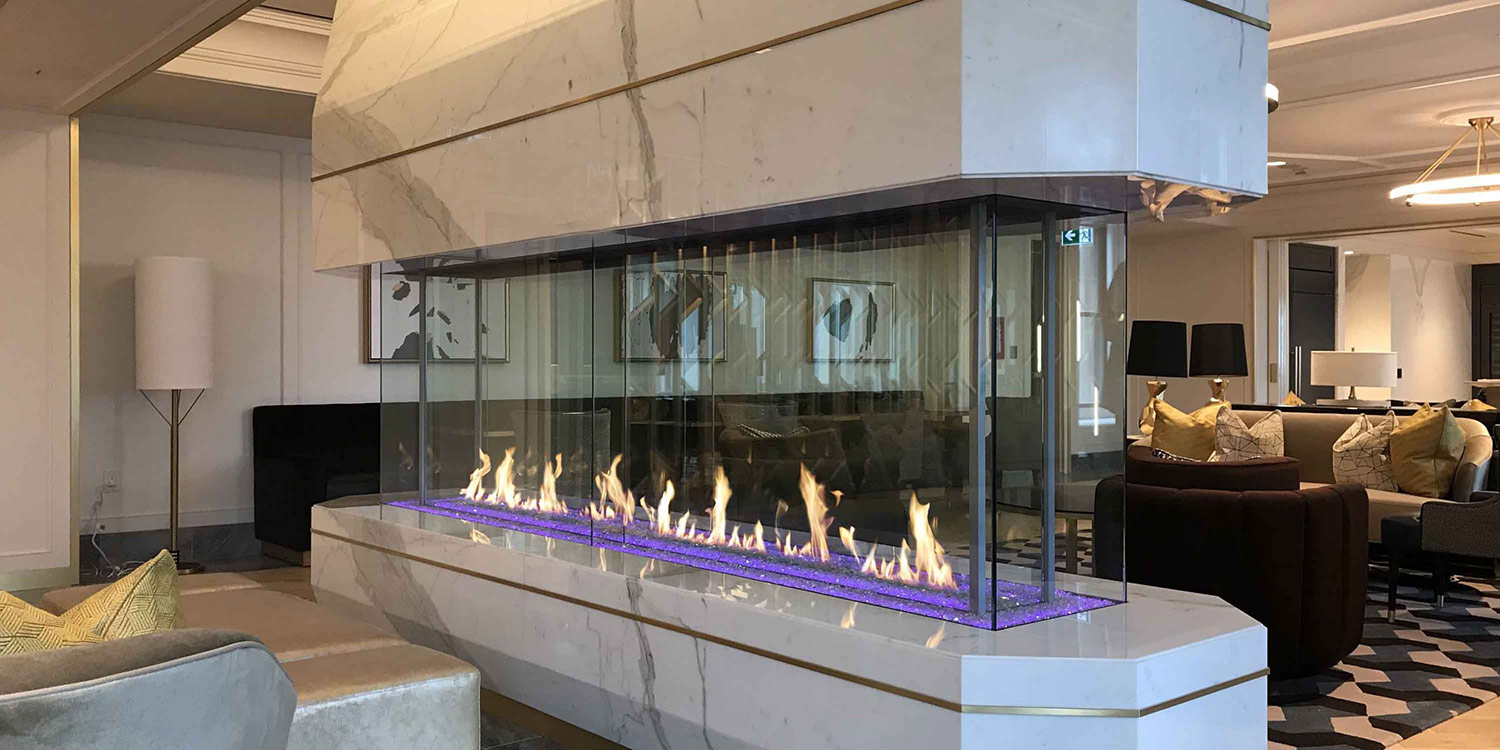

0 thoughts on “How To Convert A Gas Fireplace To Wood Burning”